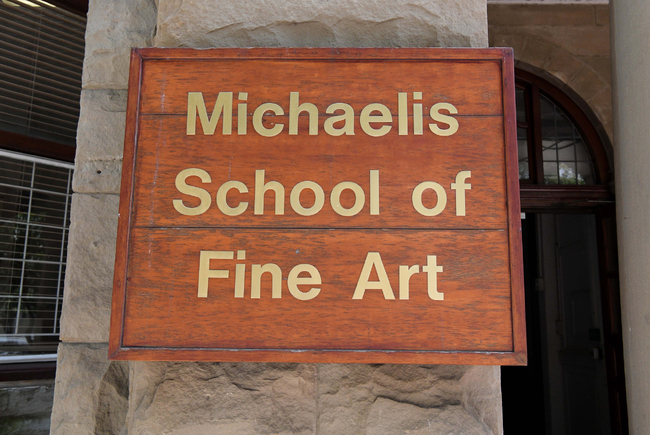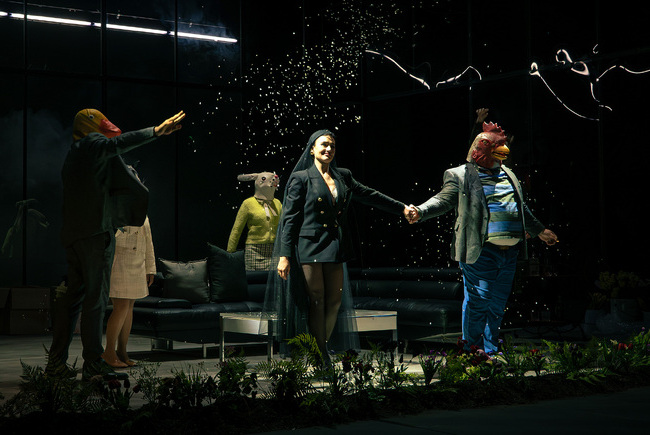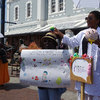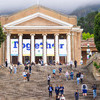Portrait by George Pemba joins UCT’s art collection
23 June 2021 | Story Staff writer. Photo Sean Wilson. Read time 2 min.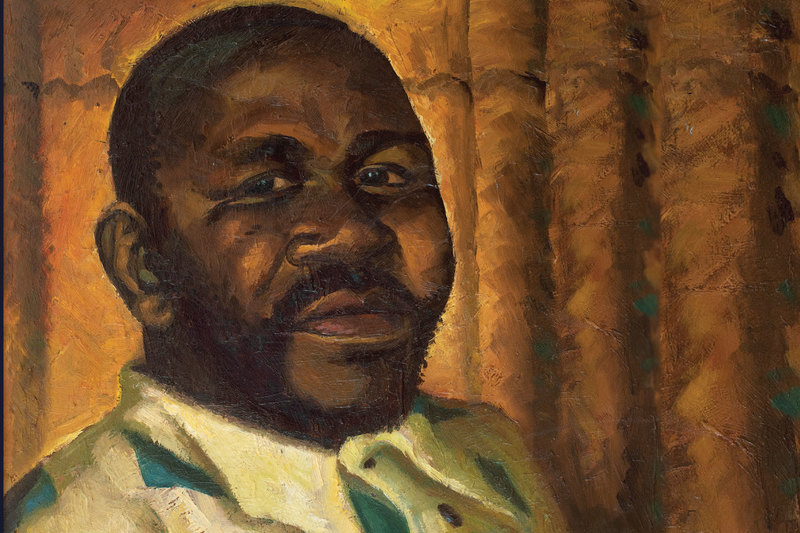
In an ongoing effort to remodel the University of Cape Town’s (UCT) art collection and drive inclusivity and transformation, UCT’s Works of Art Collection (WOAC) committee has added George Pemba’s Portrait of the Barman from Fourways (1976) to its African Modern Art collection.
Pemba was a South African painter and writer. In 2004 he was posthumously awarded the Order of Ikhamanga in Gold by former president Thabo Mbeki. This accolade recognises South African citizens who have excelled in the fields of arts, culture, literature, music, journalism and sport.
Pemba has been described as a pioneering artist of 20th-century realism, alongside contemporaries such as Gladys Mgudlandlu, John Koenakeefe Mohl and Gerard Sekoto. Their artistic practises were tied together through thematic, stylistic and symbolic overlaps, with each artist paying attention to their immediate surroundings as the subject matter.
Pemba’s modernist aspirations were expressed through his art, his political involvement through brief contributions to the African National Congress’ political newspaper, Isizwe, and through a keen interest in literature (having written and staged at least two plays: The Story of Nongqawuse and The Xhosa Prophet Ntsikana).
WOAC chairperson, Associate Professor Nomusa Makhubu, said the committee’s latest acquisition will further enrich the university’s African Modern Art Collection. In the coming months, WOAC will introduce several new acquisitions to the UCT community and have also invited art writers to produce short reflections on the new featured artworks.
“Portrait of the Barman from Fourways” is a classic portrait, with a man’s face and bust filling the frame. The man’s features are prominent: short hair, a beard and eyes looking intently at the viewer. The painting offers a strong feeling of form with the eyes as a natural focal point, perhaps representing and signifying the complexities of looking and being looked at.
Follow WOAC on Facebook and Instagram.
 This work is licensed under a Creative Commons Attribution-NoDerivatives 4.0 International License.
This work is licensed under a Creative Commons Attribution-NoDerivatives 4.0 International License.
Please view the republishing articles page for more information.
Newsbytes

The NCOP has taken note of UCT’s latest university rankings.
04 Nov 2025 - 1 min read












